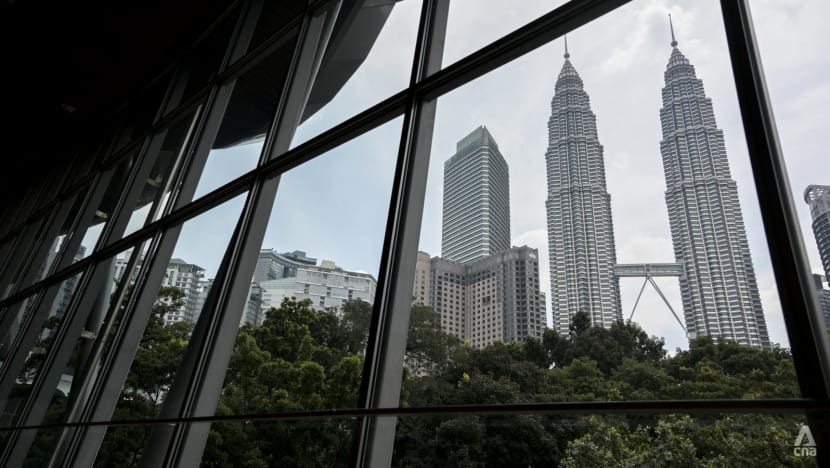Malaysia poised to become ASEAN’s second-fastest growing economy in 2025: Reports
Several financial institutions have raised their growth forecasts for Malaysia, with HSBC the latest to lift its 2025 GDP projection from 4.2 per cent to 5 per cent.

KUALA LUMPUR: Malaysia is poised to emerge as the second-fastest growing economy in Southeast Asia, after several financial institutions raised their growth forecasts.
HSBC Global Investment Research is the latest to turn more optimistic, upgrading its 2025 growth forecast for Malaysia from 4.2 per cent to 5 per cent, local media reported this week.
The bank highlighted Malaysia’s proactive efforts in diplomacy, particularly during the Association of Southeast Asian Nations (ASEAN) summit held in Kuala Lumpur in October, where the country's neutrality helped bring major trading partners to the same table, the New Straits Times (NST) reported on Monday (Nov 17).
“Sentiment wise, there continues to be a revival of optimism,” HSBC said in a research note.
“Given the better-than-expected outturn, reduced trade uncertainty and domestic resilience, we are upgrading our gross domestic product (GDP) growth forecast to 5 per cent for 2025, from 4.2 per cent,” it added.
“This means Malaysia is likely to be ASEAN’s second-fastest growing economy, on a par with Indonesia and just after Vietnam.”
On Oct 28, HSBC raised its GDP growth forecast for Vietnam from 6.6 per cent to 7.9 per cent, according to news outlet VNE Express.
Earlier, in its Aug 6 report titled ‘ASEAN Perspectives: Domestic Resilience in focus for ASEAN', the bank had projected Indonesia’s GDP growth at 4.5 per cent.
HSBC also highlighted that Malaysia’s reciprocal trade agreement with the United States could further support economic growth in the country by reducing trade uncertainty.
The bank also cited that tourism has fully recovered to 2019 levels in Malaysia.
“In particular, it (Malaysia) leads the region in welcoming Chinese tourists, exceeding 20 per cent of its 2019 level. This is supported by a visa-free scheme with China and increasing flight connectivity,” HSBC said.
“With next year’s ‘Visit Malaysia 2026’ campaign, the boost to the (tourism) sector is likely to be even bigger,” HSBC added.
Other banks had also echoed the brighter outlook for Malaysia.
Maybank Investment Bank Bhd, revised its 2025 GDP forecast from 4.2 per cent to 4.7 per cent, while lifting its 2026 projection to 4.5 per cent from 4.1.
Standard Chartered Global Research similarly raised its 2025 GDP estimate to 4.7 per cent from 4.2 per cent, citing Malaysia’s nine-month expansion of 4.7 per cent this year.
Resilient domestic demand remains the anchor of Malaysia’s growth even as net external demand continues to fluctuate, Maybank said.
In a report published last week, Bank Negara Malaysia - the central bank - said the economy expanded at its fastest pace in the third quarter, with GDP growing 5.2 per cent in the July-to-September period.
The Malaysian ringgit has also strengthened this year, reaching a four-year high of RM4.16 for US$1 on Nov 11, with Prime Minister Anwar Ibrahim calling it the “best-performing currency in Asia”.
In February 2024, the ringgit fell to its lowest level since the Asian Financial Crisis of the late 1990s, dipping to RM4.79 for US$1.
OCBC forecasts the ringgit to trade at 4.16 to the US dollar by end-2025, and 4.04 by the end of next year, the bank’s senior ASEAN economist Lavanya Venkateswaran told CNA earlier.














